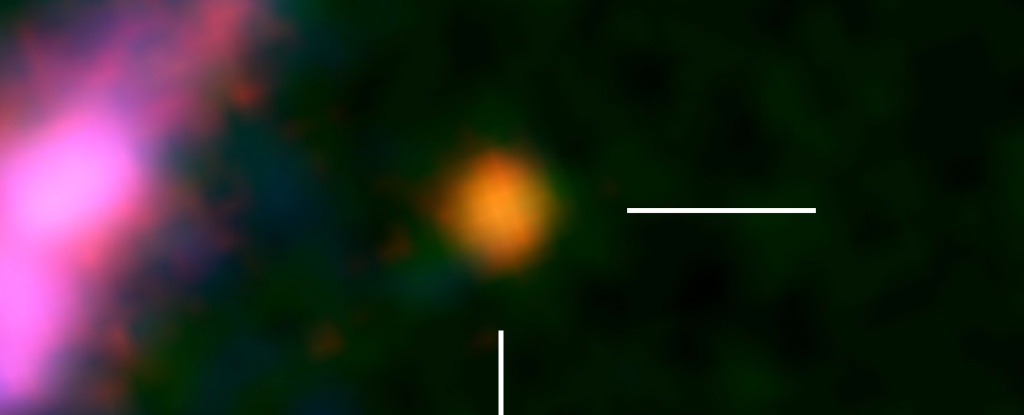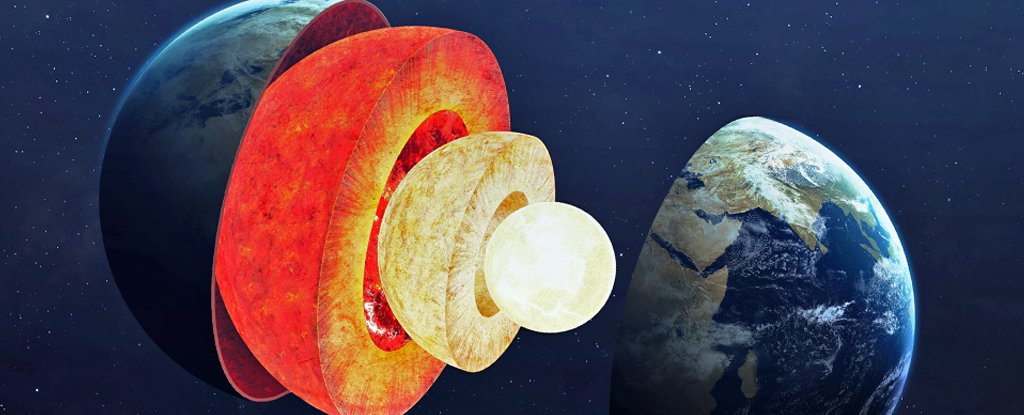A galaxy whose light has traveled almost 13.5 billion years to reach us has just been confirmed as the earliest galaxy found so far.
By examining the galaxy’s oxygen content with the Atacama Large Millimeter/submillimeter Array (ALMA), astronomers have accurately dated it to just 367 million years after the Big Banga time when the first lights in the universe were still turning on and beginning to spread freely through space.
The result confirms observations made by JWSTand provides new information about the early universe that tells us about the origins of the elements.
“The first images from the James Webb Space Telescope revealed so many early galaxies that we felt we had to test the results with the best observatory on Earth.” says astronomer Tom Bakx from the University of Nagoya in Japan.
“It’s been a very exciting time being an observing astronomer and we’ve been able to follow the status of the observations that will test the JWST results in real time.”
The galaxy named GHZ2/GLAS-z12was first spotted by JWST in July last year, shortly after the telescope opened its segmented golden eye to the infrared light of the universe.
A paper in November detailed the discovery and predated the galaxy about 350 million years after the Big Bang, which took place about 13.8 billion years ago.
That’s actually pretty amazing, but any astronomical discovery is far more robust when it can be confirmed with an independent instrument.
Such a team around Bakx and the astronomer Jorge Zavala National Astronomical Observatory of Japan turned to the ALMA radio telescope to see what else they might learn about the young galaxy.
They turned ALMA toward GHZ2/GLASS-z12 and began looking for an emission signature in the oxygen-associated radio spectrum.
Because oxygen formation is relatively short-lived, it is often used to learn more about galaxies in the early Universe. And when light enters oxygen, it is re-emitted in a certain range of wavelengths, resulting in a brighter line in that part of the spectrum.
Each of the 66 12-meter radio antennas that make up ALMA was commissioned and eventually detected an oxygen emission line near the location of GHZ2/GLASS-z12. Follow-up analysis and statistical testing determined that the signal was genuine and related to the galaxy.
“We were initially concerned about the slight positional deviation between the detected oxygen emission line and the galaxy seen by Webb,” Bakx explained.
“But we have performed detailed tests on the observations to confirm that this is indeed a robust detection and it is very difficult to explain it by any other interpretation.”
The very small distance between the galaxy and the oxygen emission could indicate that violent explosions or interactions stripped the galaxy of much of its gas and blew it into intergalactic space.
The team more precisely dated their observations to 367 million years after the Big Bang. And from the brightness of the emission line, they could deduce that the galaxy had relatively quickly formed large amounts of elements heavier than hydrogen and helium.
This is very interesting. the early universe, before stars appeared, consisted mostly of hydrogen with a smaller amount of helium. Then stars formed; In their hot, dense cores, they began smashing atoms together, creating heavier elements.
But these elements were locked in the stars; only when the stars had gone out did they explode in spectacular supernovaethe heavier elements could propagate in interstellar space.
This presence of oxygen so early in the Universe gives us some clues as to the timing and evolution of these first starsthat we don’t have to see directly yet.
“These deep ALMA observations provide robust evidence for the existence of galaxies in the first few hundred million years after the Big Bang and confirm the surprising results of the Webb observations,” Says Zavala.
“JWST’s work has only just begun, but we are already adapting our models of galaxy formation in the early Universe to these observations. The combined performance of Webb and the ALMA radio telescope array gives us the confidence to expand our cosmic horizons ever closer to the dawn of the universe.”
The research was published in the Monthly Bulletins of the Royal Astronomical Society.





